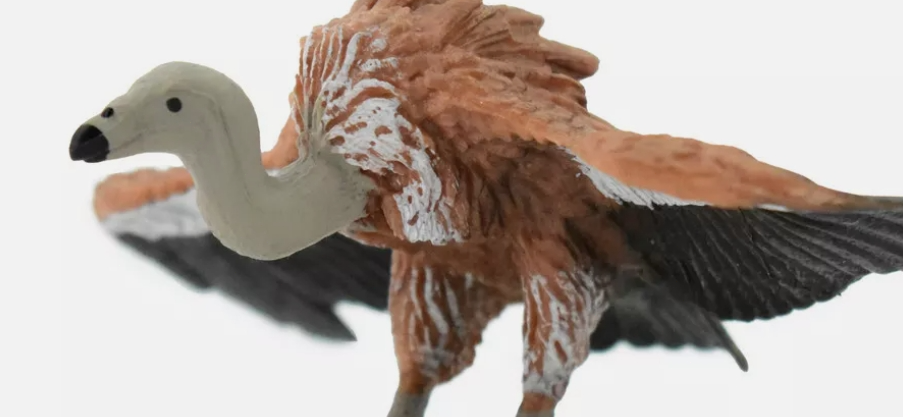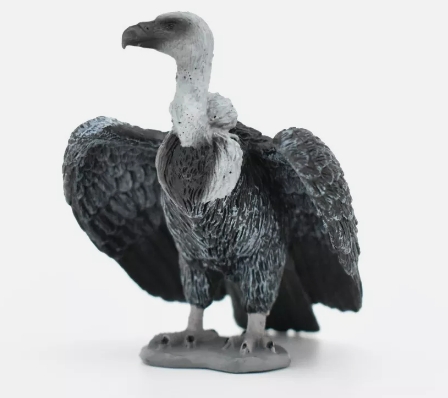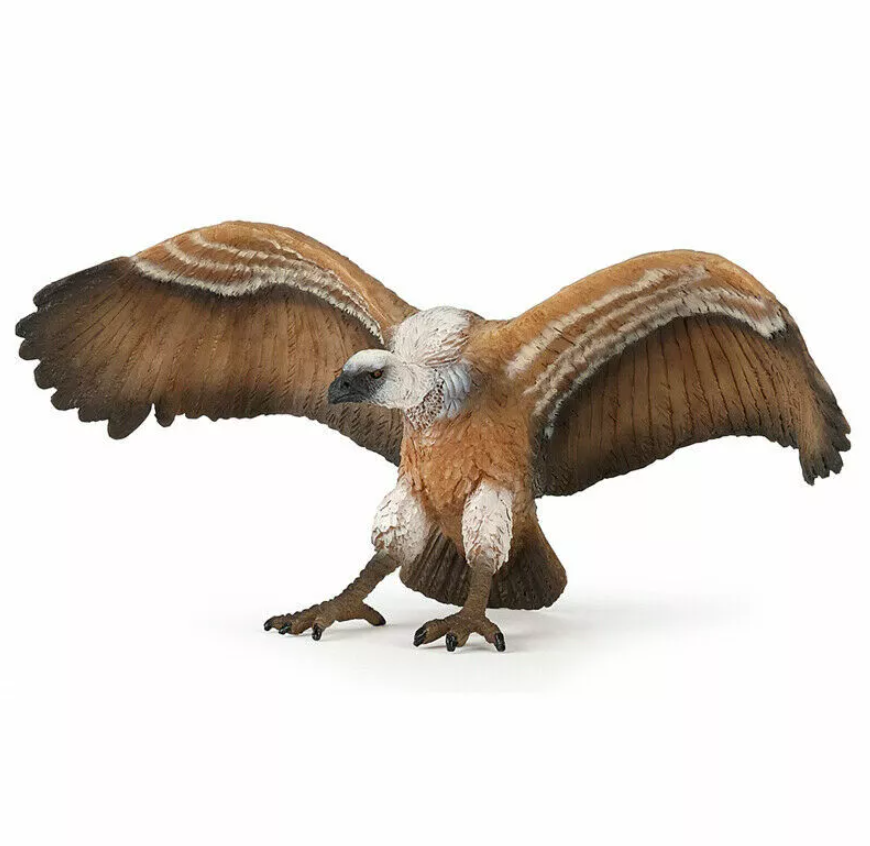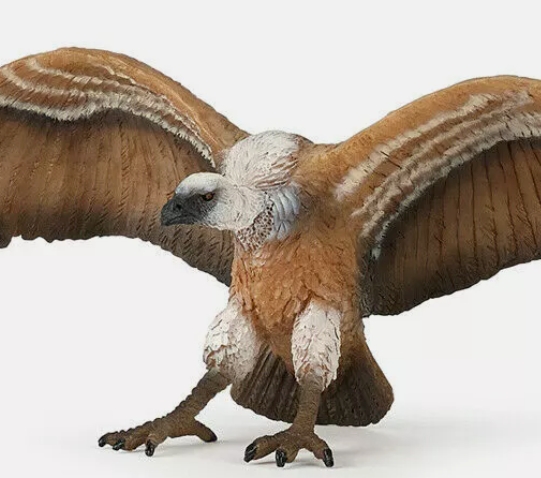Vultures are an important scavenging bird found mainly in the open grasslands and mountains of Africa, Asia and Europe. They are known for their unique shape and ecological function. The vulture model is based on its real biological characteristics to help people better understand the physiological structure and ecological role of this species.
Vulture models are usually made of environmentally friendly materials, with detailed reproduction of feathers, beaks and heads to show off their bald head characteristics, in order to maintain cleanliness and avoid picking up bacteria during scavenging. Models are not only used in educational institutions, but also widely used in museums and nature reserves to enhance public attention to wildlife and ecological protection.
By looking at the vulture model, students and visitors can learn about the importance of vultures in the ecosystem, such as controlling the number of dead animals and reducing the spread of disease. This model is not only an effective tool for biological education, but also increases awareness of natural environment protection and encourages people to actively participate in ecological conservation actions.




